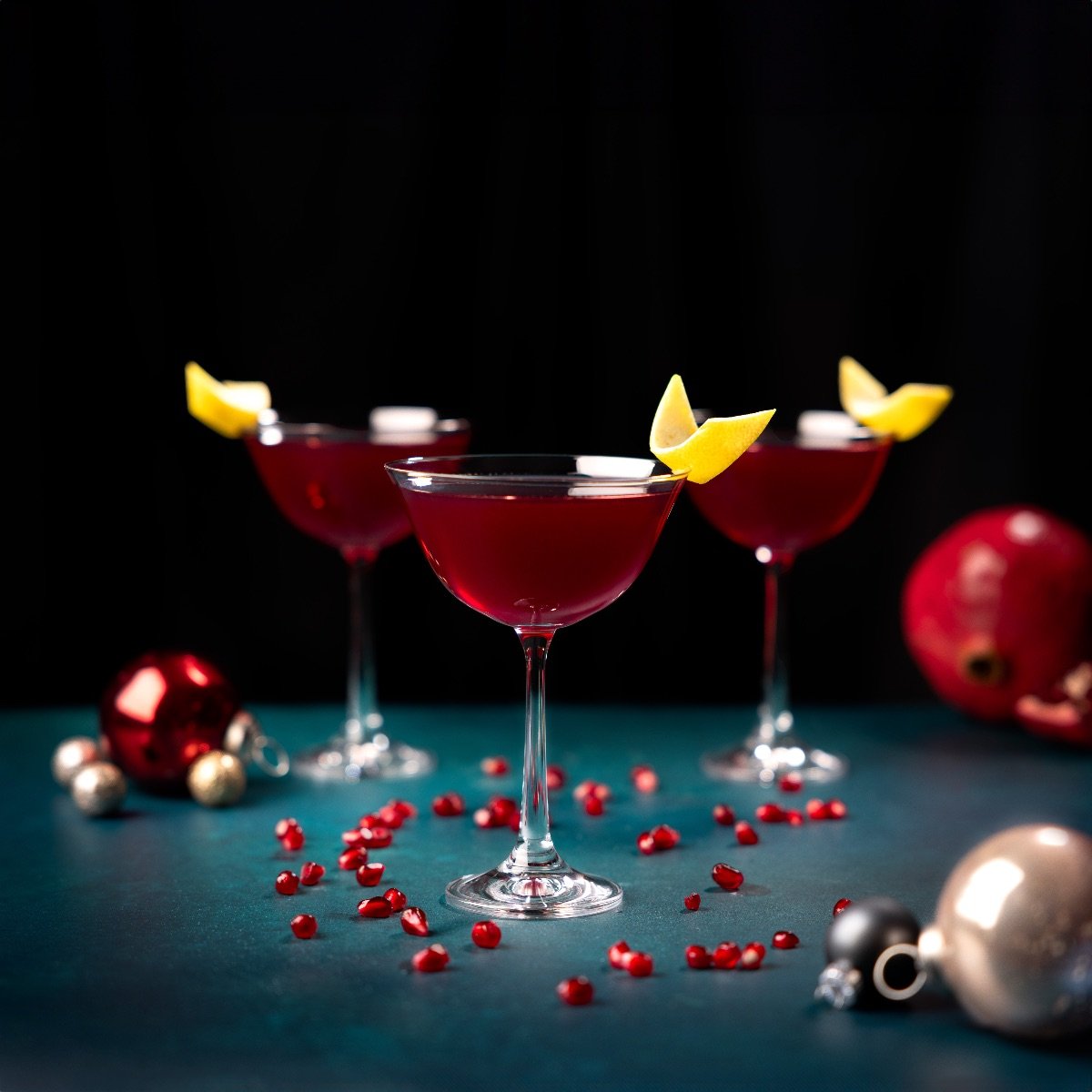
Lighting for Liquids Using Backlighting
Photographing liquids requires careful consideration of lighting to capture their unique textures, colors, and transparency effectively. There are a number of different tips and tricks to get beautiful glowing Liquids, but today we will focus on Backlighting
Backlighting can be a powerful technique when photographing liquids, adding emphasis to their transparency and creating a visually striking effect. Here's a more detailed breakdown of backlighting for photographing liquids:

Fibonacci Spiral and Photography
Fibonacci's spiral, also known as the Golden Spiral, is derived from the Fibonacci sequence and is characterized by a logarithmic spiral that grows outward by a factor of the golden ratio (approximately 1.618). This spiral is often considered aesthetically pleasing and is found in various natural and man-made structures, including some compositions in photography.
In photography, the Fibonacci spiral is not a strict rule but rather a guideline that some photographers use to create visually engaging and harmonious compositions. The spiral can be applied to guide the placement of key elements within a photograph. Here's how it can be used.

Colour Theory
In photography, we use Colour Theory to help tell a story, portray an emotion or to draw the viewer’s attention.
Essentially, there are three key elements:
Colour Wheel: a circular diagram that arranges colours based on their chromatic relationship.
Colour Harmony: refers to the pleasing arrangement of colours.
Colour Temperature: basically colours are warm (evoking energy, passion, and warmth) or cool (suggesting calmness, serenity, and distance).
